A Guide to Wrocław for Students & Young People!
You may have randomly come across 'Ro-Claw' while scanning train connections across Central Europe, but chances are it didn't garner much more thought than, 'Hmmm...that's a weird name!' If Poland was ever a consideration for you on a budget Eurotrip or sneaky weekend break, you may ultimately be tempted by the hype surrounding now name-brand Polish cities like Kraków, Gdańsk and Warsaw. Don't get us wrong: Poland's most recognised destinations certainly fit the billing for a fun weekend away with the lads, or a more high-brow trip organised around the arts, history and culture. In fact, it wasn't long ago that those cities were newcomers to the mental map of most travellers, before becoming travel industry mainstays.
Which leads us to question, what are Europe's next great travel destinations? Which cities are the most exciting and timely places to be RIGHT NOW?
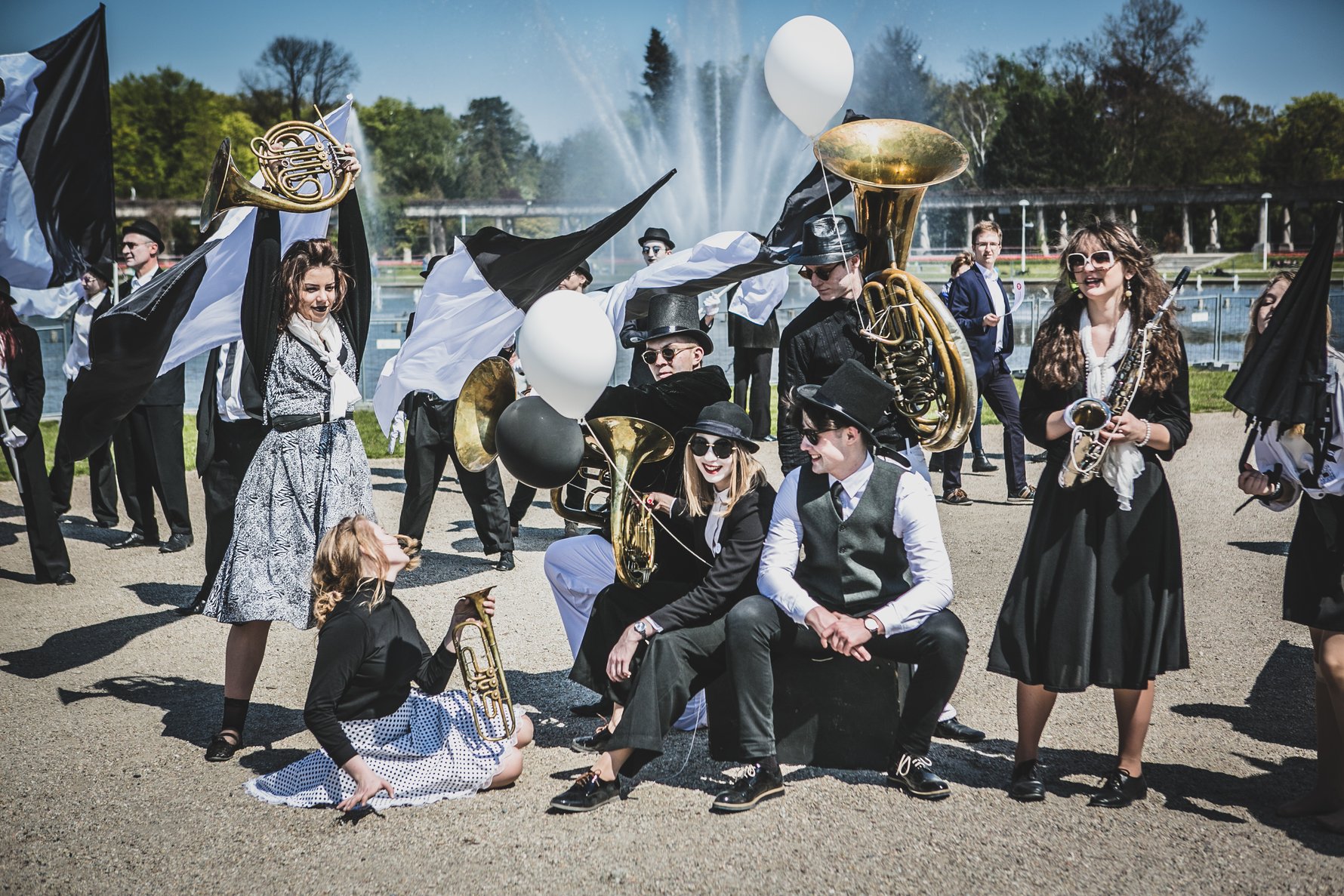
To this query, we submit: Wrocław (by the way, it's pronounced 'VROTS-wav'). This is what you will find in this article, just jump to the section you're most interested in:
- City of Culture & Literature
- Alluring Architecture
- Urban Revitalisation & Alternative Art Spaces
- University, Diversity & Affordability
- Out-All-Nightlife & Alternative Drinking Districts
- Beer Gardens, Beach Bars & Riverside Hangouts
- River Recreation & Island Hopping
- Craft Beer Capital of Poland
- Diverse Dining for All Diets & Budgets
- Secondhand Swag, Fairs & Flea Markets Galore!
Developing rapidly over the past couple decades, Wrocław has embraced its complex history to become one of the most open, diverse and progressive cities in Poland. While holding its own with the likes of not-distant neighbours Vienna, Kraków and Prague in terms of postcard panoramas and cultural offerings, Wrocław has also earned a reputation as alternative and dynamic thanks to extensive urban revitalisation projects, public art pieces and the energy of its enormous student population. If you're looking for a budget destination off the typical tourist trail that combines handsome architecture and high culture with hip urbanity and unhinged nightlife - Wrocław is for you. Below we take a look at what makes the city so attractive, particularly to young people, and why we're calling Wrocław the coolest, most exciting city in Poland.
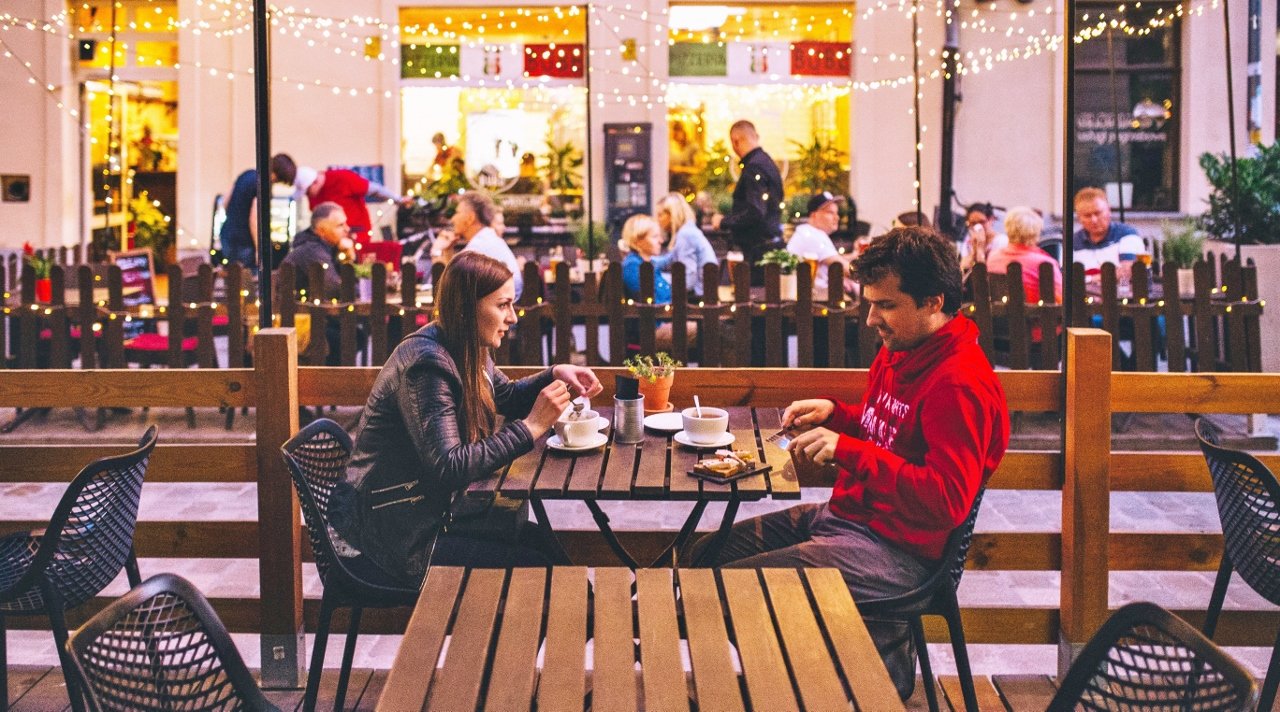
Photo by Wiktor Karkocha/Unsplash
City of Culture & Literature
Before we go any further, we want to state a fact: Wrocław is a European City of Culture! It officially won the title in 2016 and, although they have since had to make other cities feel better about themselves, Wrocław's qualifications remain! The western Polish city is well-located along the tour route of major entertainers, who appreciate the big audiences who turn out to the city's amazing venues like the UNESCO-listed architectural marvel called Centennial Hall, the new National Forum of Music, the old brewery site Browar Mieszczański, and cult music clubs like Firlej, Vertigo and Stary Klasztor. The city's cultural calendar is packed with major festivals and events that draw thousands of international observers and participants each year. Annual highlights include Jazz on the Odra, One Love Music Festival and the Brave Festival - the latter of which showcases global music traditions with an incredibly diverse line-up. Of course the city's festivals aren't consigned only to music; the New Horizons Film Festival is one of Poland's most important festivals for film, the Avant Art Festival fuses experimental art and music, and oddballs like the Festival of High Temperatures - which turns blacksmithing and glass-work into something of a live performance - prove that there truly is something for everyone!
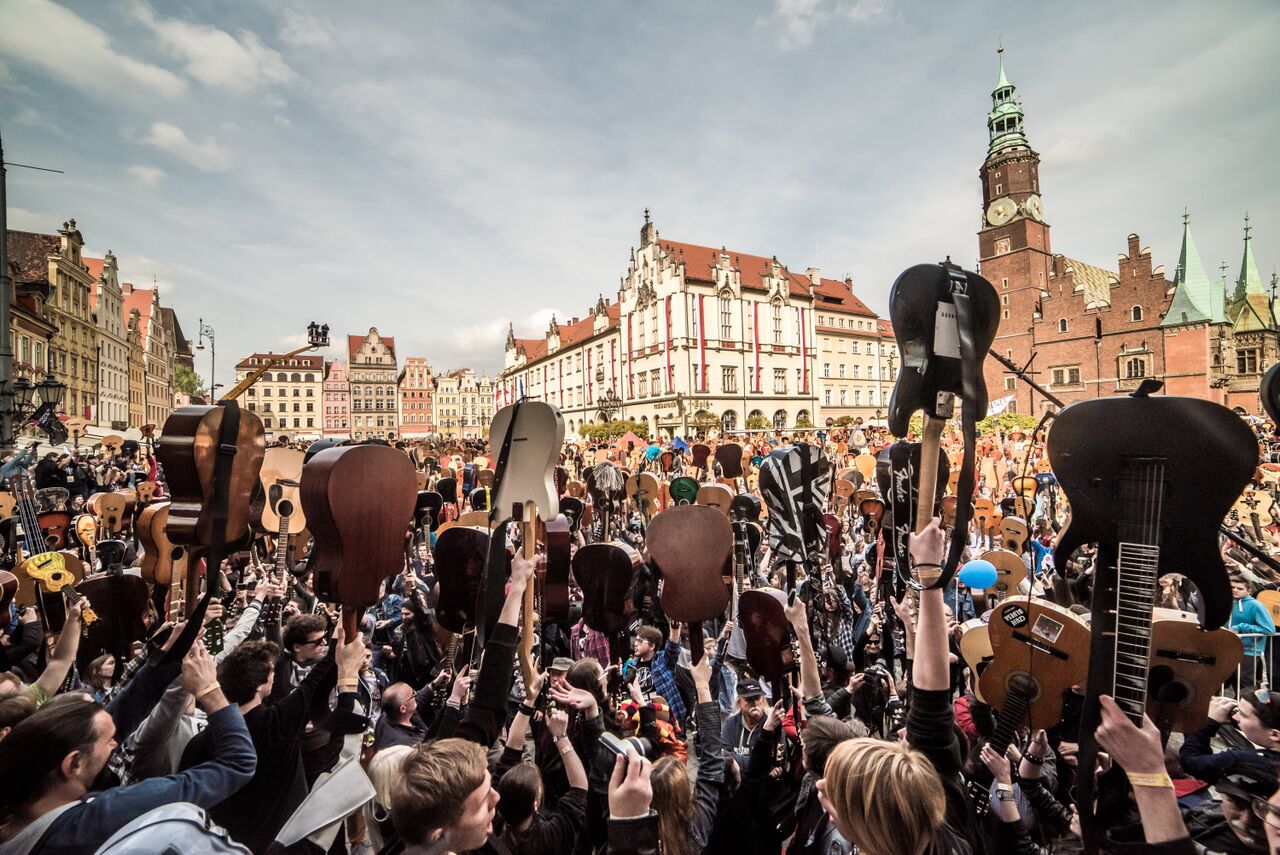
for most people playing the same song together - true story!
The city is home to dozens of top-quality art galleries and museums - don't miss the outstanding art collection of the National Museum, the Hydropolis interactive water centre, or the wacky contemporary art at the Four Dome Pavilion. Wrocław also features a beautiful Opera House and no less than 12 active theatres, including the curiously named 'Song Of The Goat' Theatre whose repertoire is almost entirely in English. To find out what's on in Wrocław right now, visit our Events section!
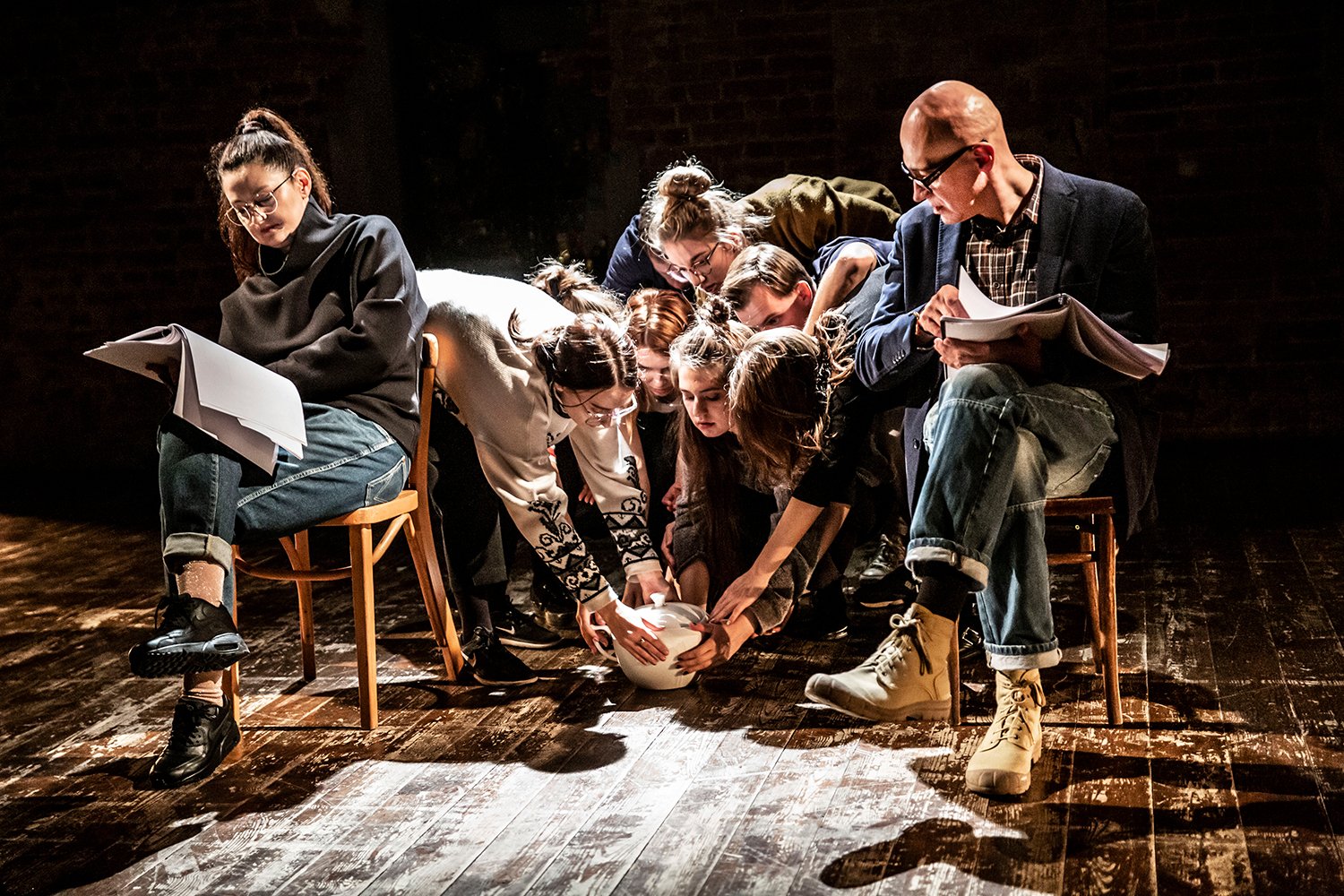
Another quick fact before we move on: Wrocław is a UNESCO City of Literature. Officially earning the honour in 2019, Wrocław joined Kraków as the two Polish cities to be so designated, and for good reason. Many literary greats in both Polish and German are products of the city and/or its university: Gerhart Hauptmann, Theodor Mommsen, Marek Krajewski and recent Nobel Prize for Literature winner, Olga Tokarczuk. (Many more appear in our list of Polish Literature Must-Reads.) The city was considered the centre of German Baroque Literature during the 18th century and was home to the First and Second Silesian School of Poets. Home today to the priceless Ossolineum Library and Pan Tadeusz Museum, Wrocław also boasts many independent bookstores, as well as literary events throughout the year. If you're looking for literary inspiration, seek no further!
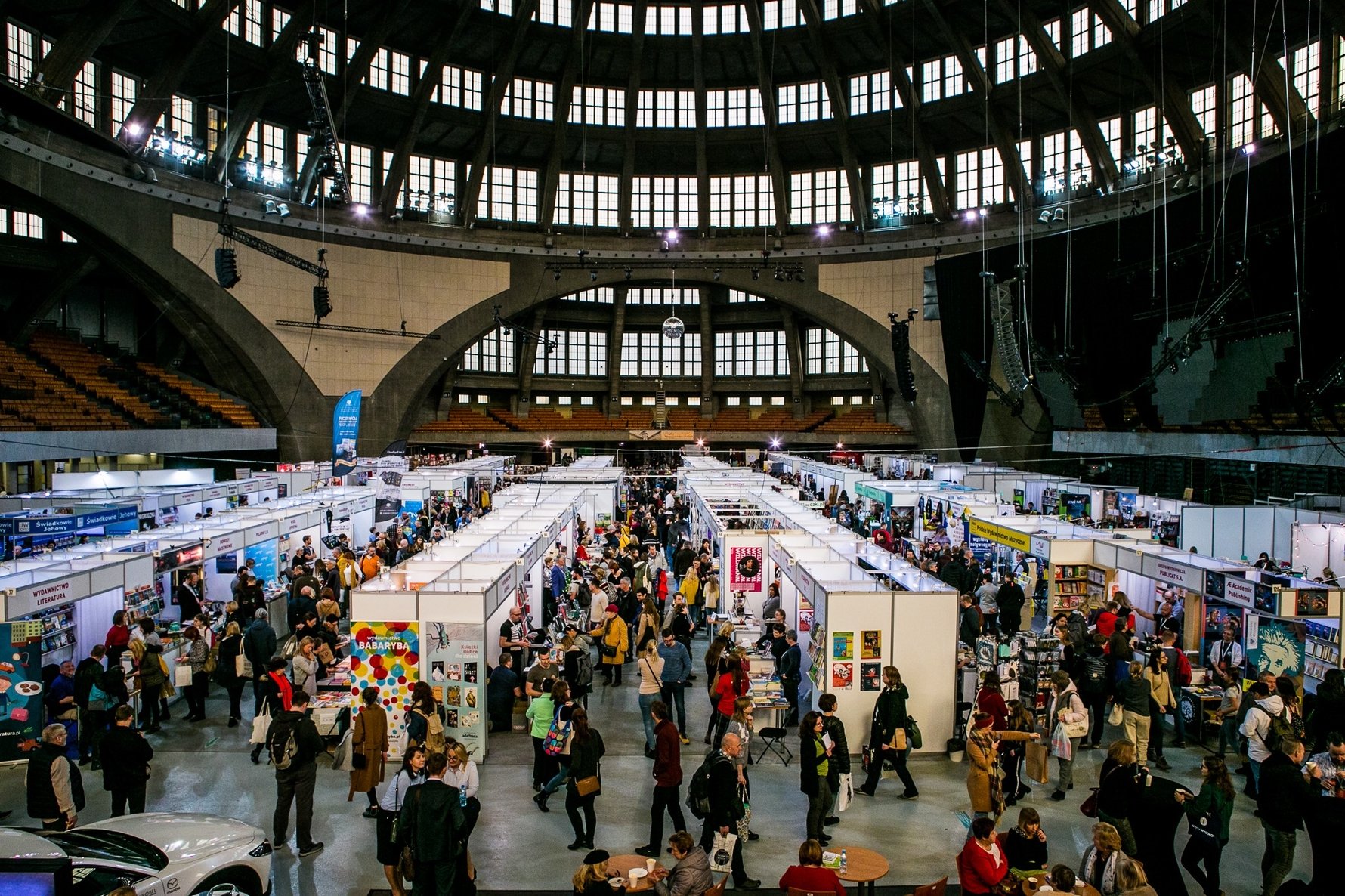
Alluring Architecture
As mentioned, Wrocław looks the part when it comes to the awe-inspiring architecture holidaymakers expect to see in Europe, even despite being bombed to rubble at the end of the Second World War. The city's lovely Old Town has maintained its compact medieval layout to this day and boasts the second largest market square in Poland (after Kraków's), lined as you would expect with gorgeous historic townhouses. Surrounded by the lovely Odra River and part of the original city moat - along which you'll find lovely green promenades, the Old Town isn't even Wrocław's nicest district! That title belongs to Ostrów Tumski - the tranquil 'Cathedral Island' which historically predates the Old Town; here the romantic cobbled lanes are still lit by gas lamps and time seems to have stood still since the 1800s.
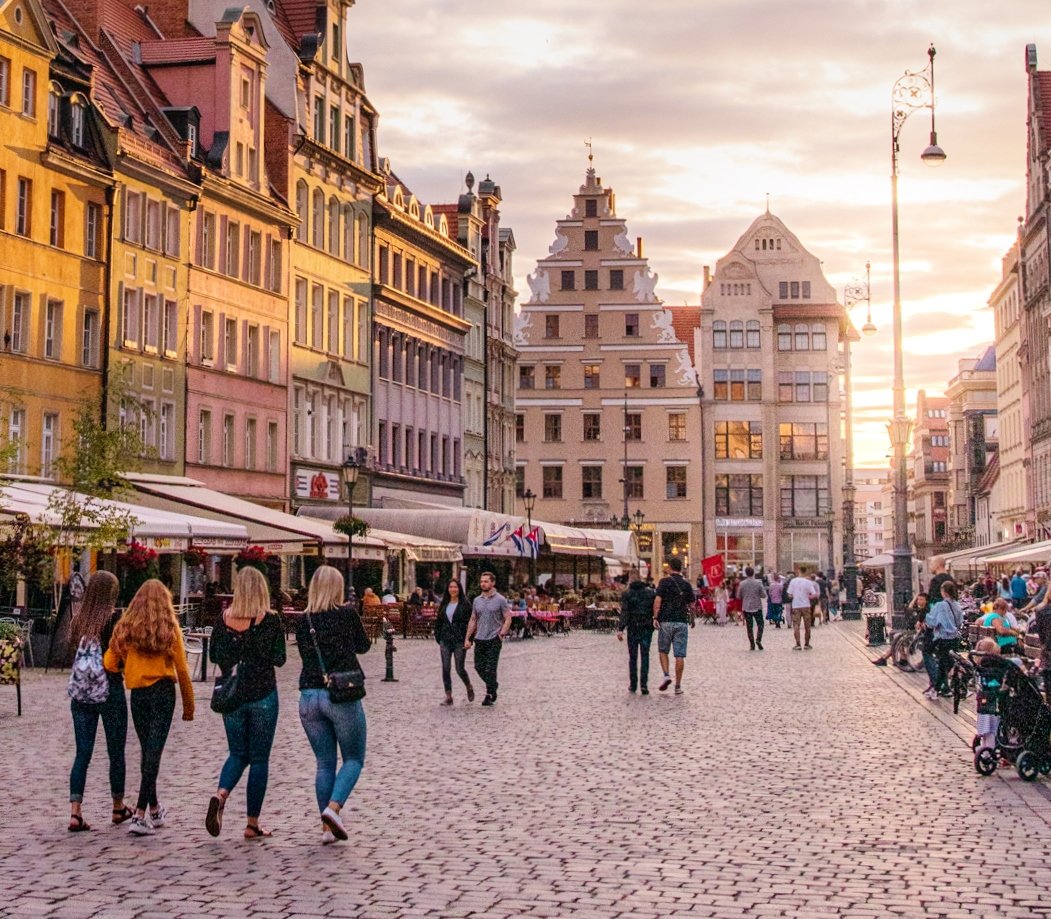
Requiring a mention when it comes to Wrocław's most charming areas is also the Centennial Exhibition Complex and its surroundings, at the centre of which is Centennial Hall, the city's only UNESCO World Heritage Site (to date). Intended as a city showpiece since its creation, this area east of the centre is full of parks and promenades, and offers much to visitors and residents, including the impressive multimedia Pergola Fountain, the Four Dome Pavilion - recently renovated as home for contemporary art, the tranquil Japanese Gardens, Wrocław Zoo and Afrykarium - bar none the best zoo in Poland, and the enormous and peaceful Szczytnicki Park.
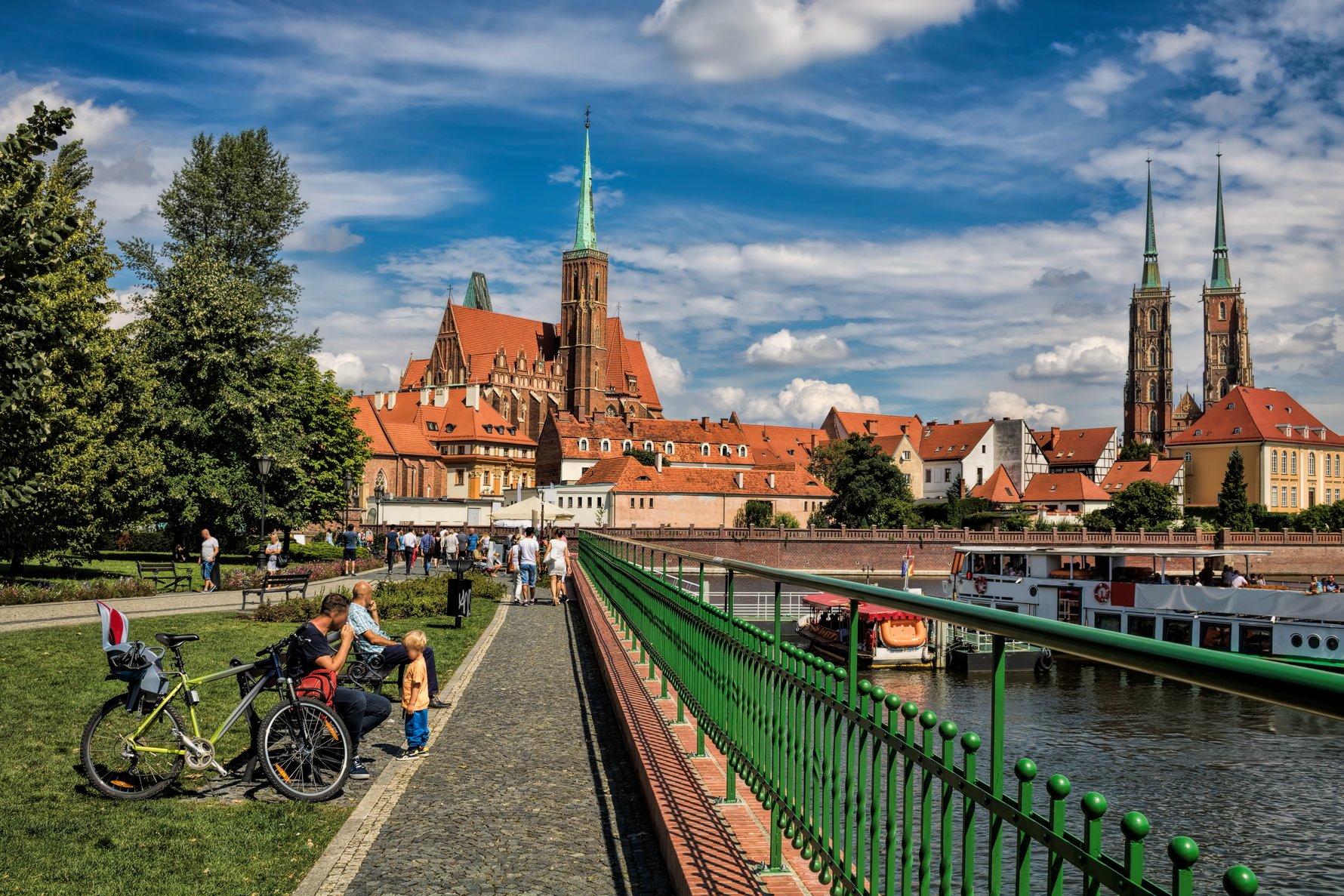
If you aren't swayed by conventional concepts of architectural beauty, Wrocław has you covered. As mentioned, the city was reduced to rubble during the Siege of 1945 and faced an enormous task rebuilding itself after the war. As a result you'll find an abundance of unique modernist architecture, as well as some less handsome communist era creations. Read more in our feature dedicated to Wrocław's diverse 20th century architecture.
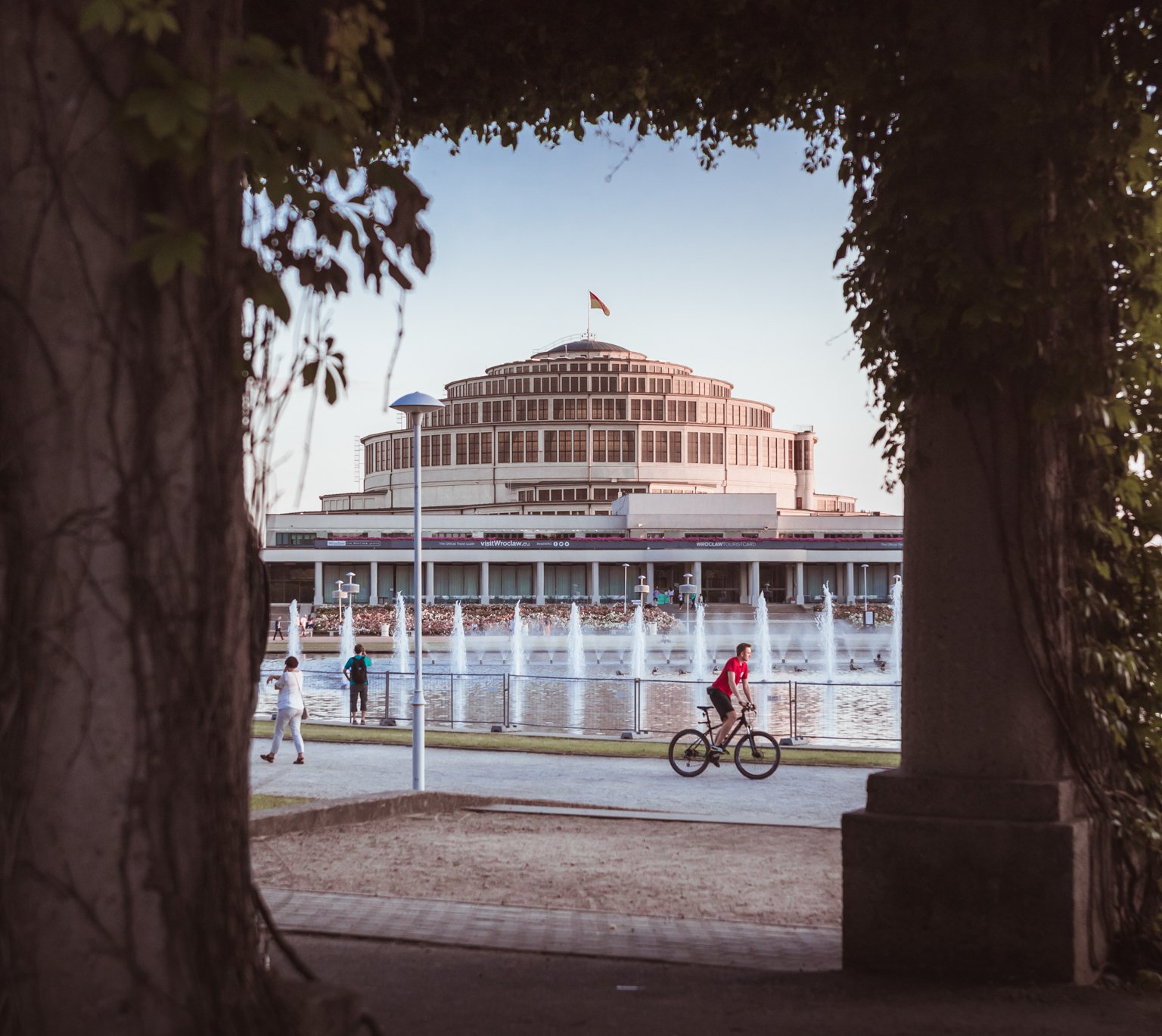
Urban Revitalisation & Alternative Art Spaces
Not only is an impressive cross-section of architecture represented across Wrocław's urban landscape, but the city is extremely progressive in terms of urban revitalisation and adaptive re-use. Examples abound of former industrial spaces repurposed for culture: the former brewery complex of Browar Mieszczański today hosts numerous festivals, concerts, exhibitions and markets like the Foodie Bazaar; the former 19th century Neo-Gothic water treatment plant is now the site of Hydropolis, the city's most modern museum; a former WWII-era air raid shelter now hosts the Contemporary Museum; while, likewise, the afore-mentioned Four Dome Pavilion has also recently become a space for contemporary art.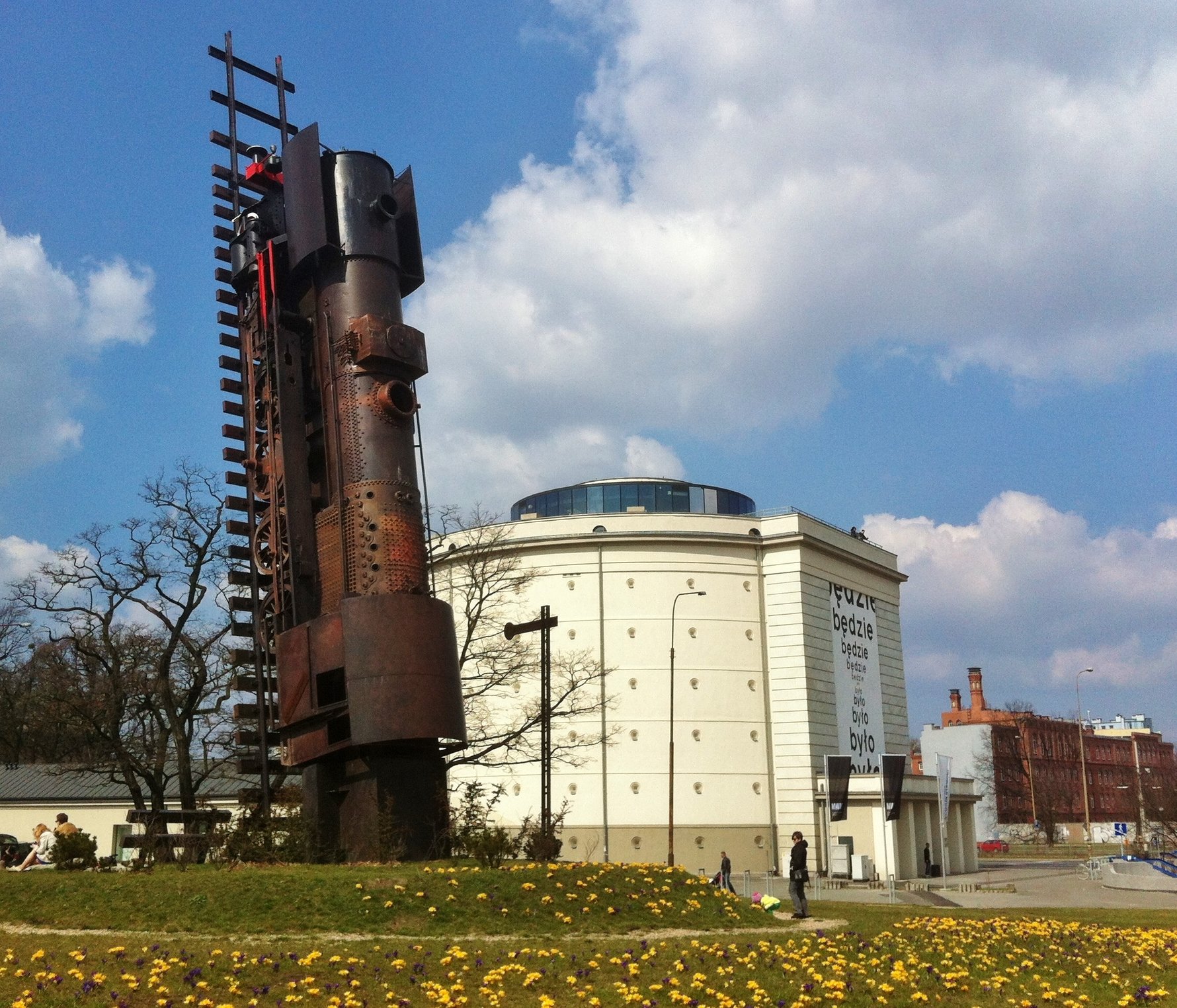
'Train to Heaven' art installation out front; the perfect Instagram spot!
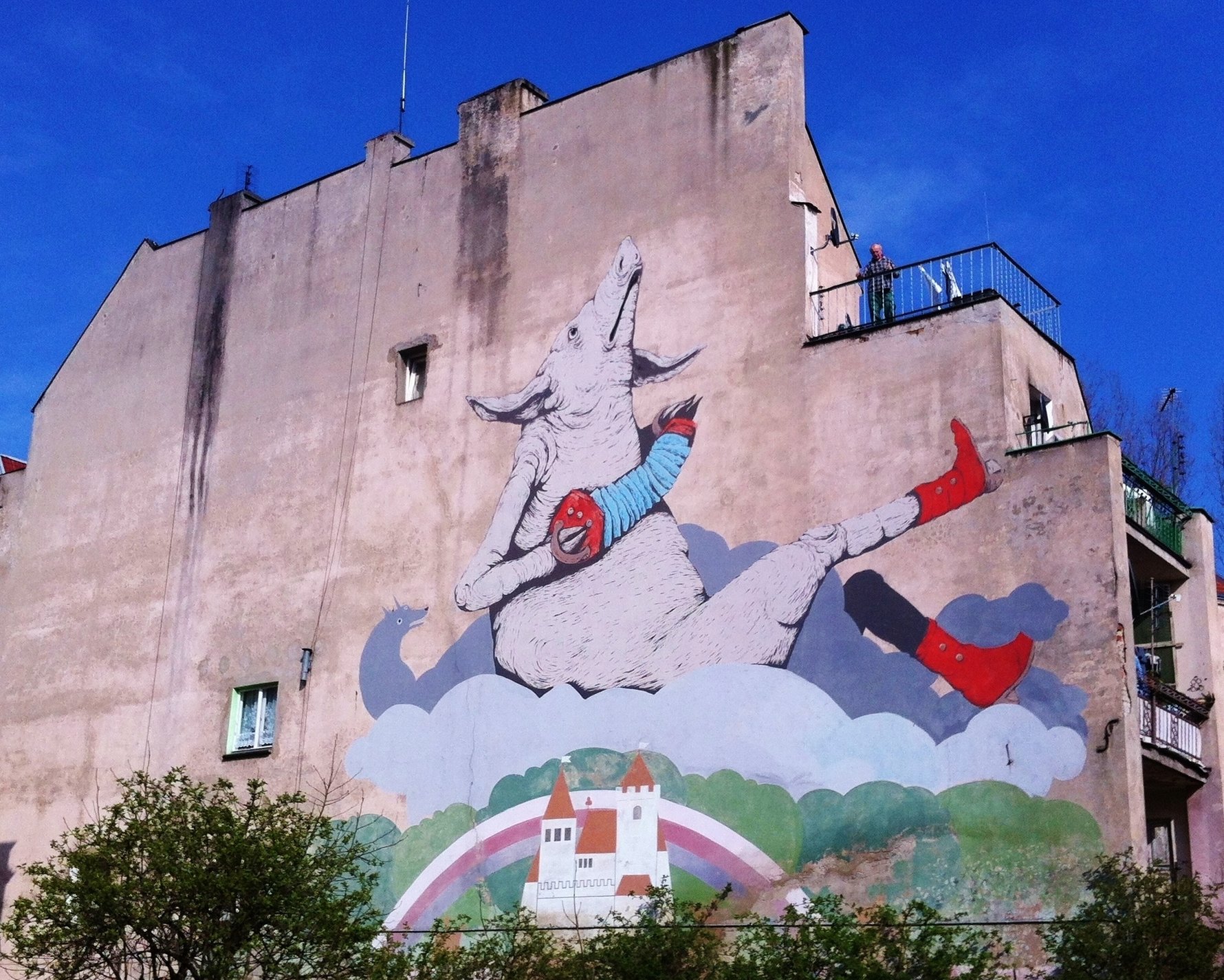
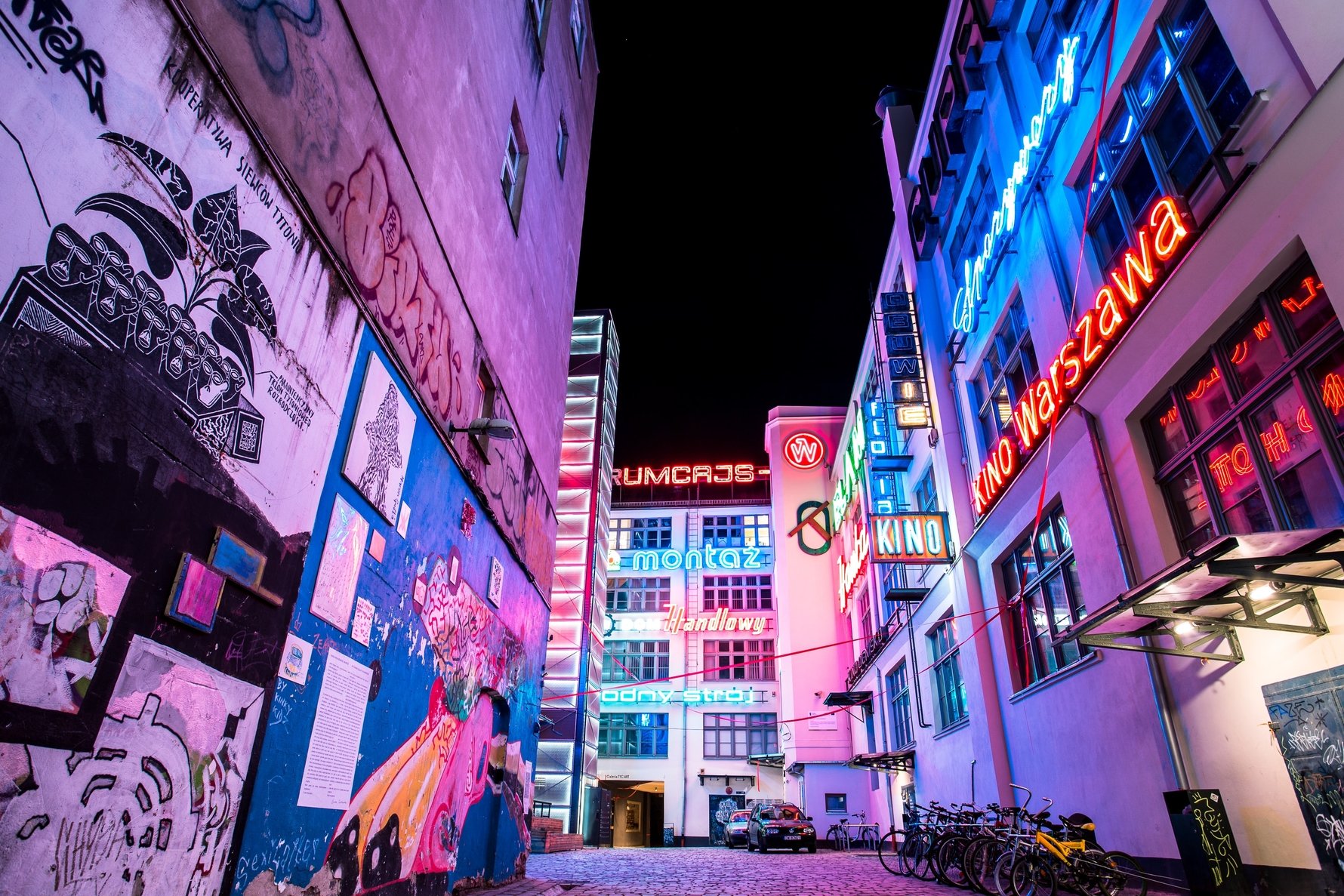
Photo by David Zawila.
University, Diversity & Affordability
Wrocław is a student city - there's no question about it. Out of an urban population of 630,000, around 130,000 of that are students enrolled at 5 different university institutions, most notably the University of Wrocław. Founded in 1702, University of Wrocław is one of the oldest in Central/Eastern Europe, and it's main building is a masterpiece of Baroque architecture. Across all the city's universities, a significant percentage of the wide range of available courses are taught in both Polish and English. There is also a great deal of cooperation with many universities in and outside of the EU, as well as international learning programmes such as Erasmus giving many foreigners the opportunity to study in such a wonderful city!
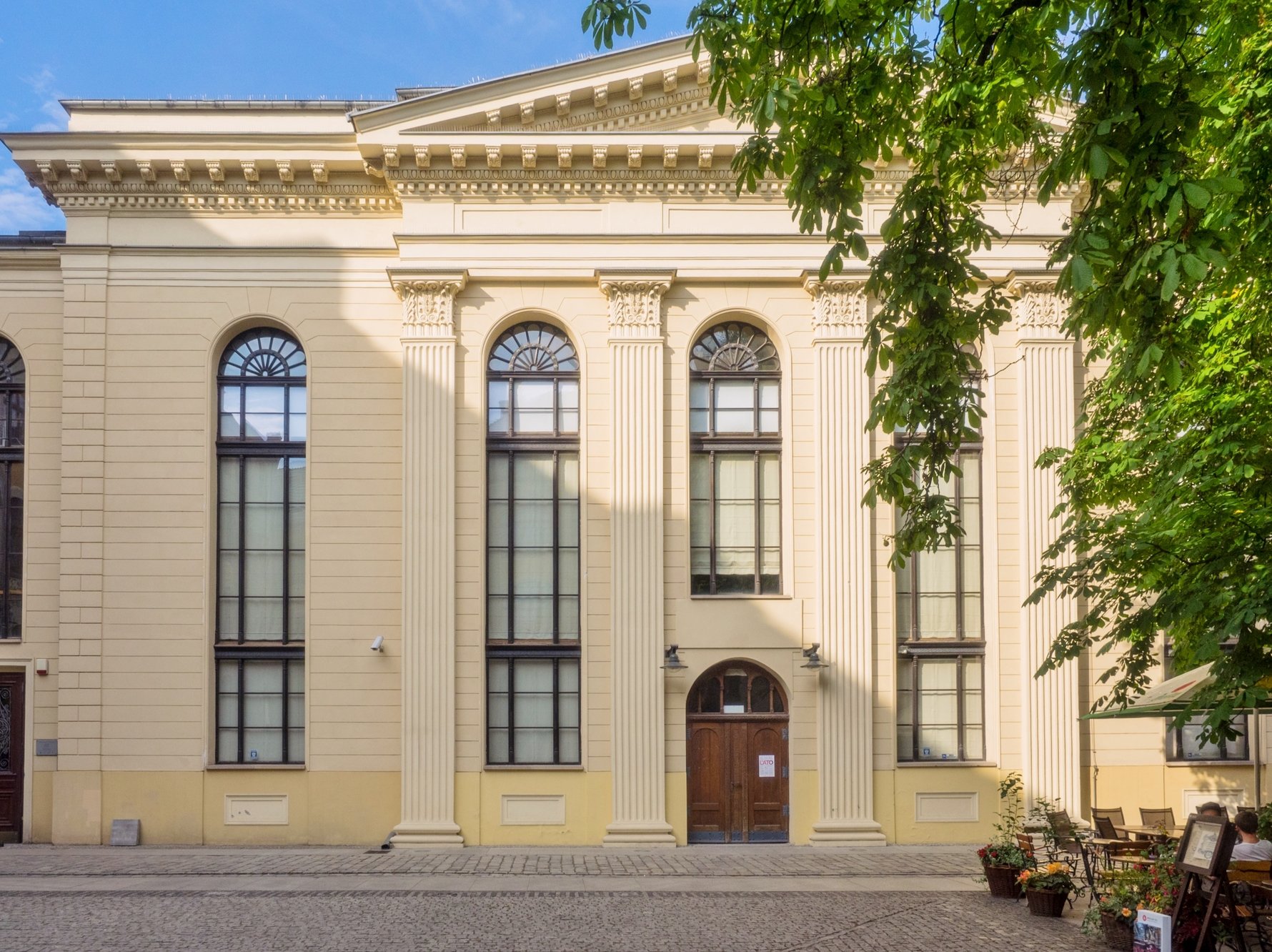
and representative of the city's 'District of Four Denominations'.
Making Wrocław even more attractive is the city's relatively low cost of living and general affordability in comparison to other cities like Warsaw, where the cost of living is approx. 7.52% higher, for example. Where there are lots of students, youthful energy and diversity, there are lots of great ideas and lots more fun to be had!
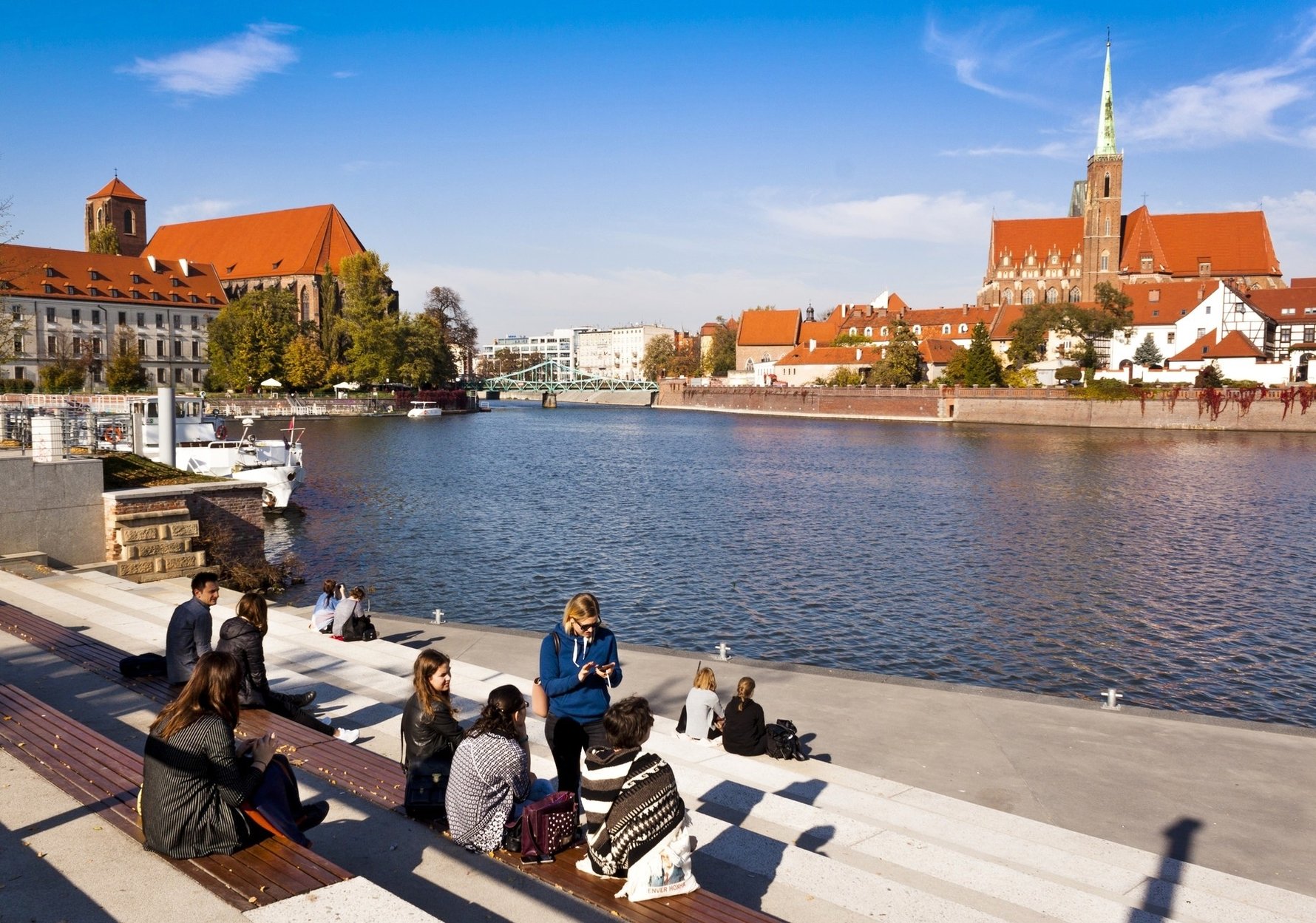
Out-All-Nightlife & Alternative Drinking Districts
If you've had a look at the local population, clubbing in Wrocław has its obvious allures. The locals go hard and the city's best dance clubs don't let up until well past the dawn. In order to get a true taste of the city's nightlife scene, you need to get away from the market square, where your curiosity in random alleyways and dodgy cellar stairways is often rewarded. The city has several 'alternative' nightlife areas worth investigating (if you can find them); for clubbing check out the courtyards and alleys of ul. Św. Mikołajska and Pasaż Niepolda. For hipster hangouts, you can head north of the Old Town to Nadodrze - a once-dodgy neighbourhood currently in the throes of a renaissance, or simply wander around the District of Four Denominations, particularly the alleyways on and off ul. Św. Antoniego, making sure to drop into Pasaż Pokoyhof (ul. Św. Antoniego 2/4) and the alleyway of Neon Side Gallery. For student dive bars and cheap beer, check out the area known as Nasyp (ENG: The Embankment) - several blocks of hole-in-the-wall bars literally under the train tracks.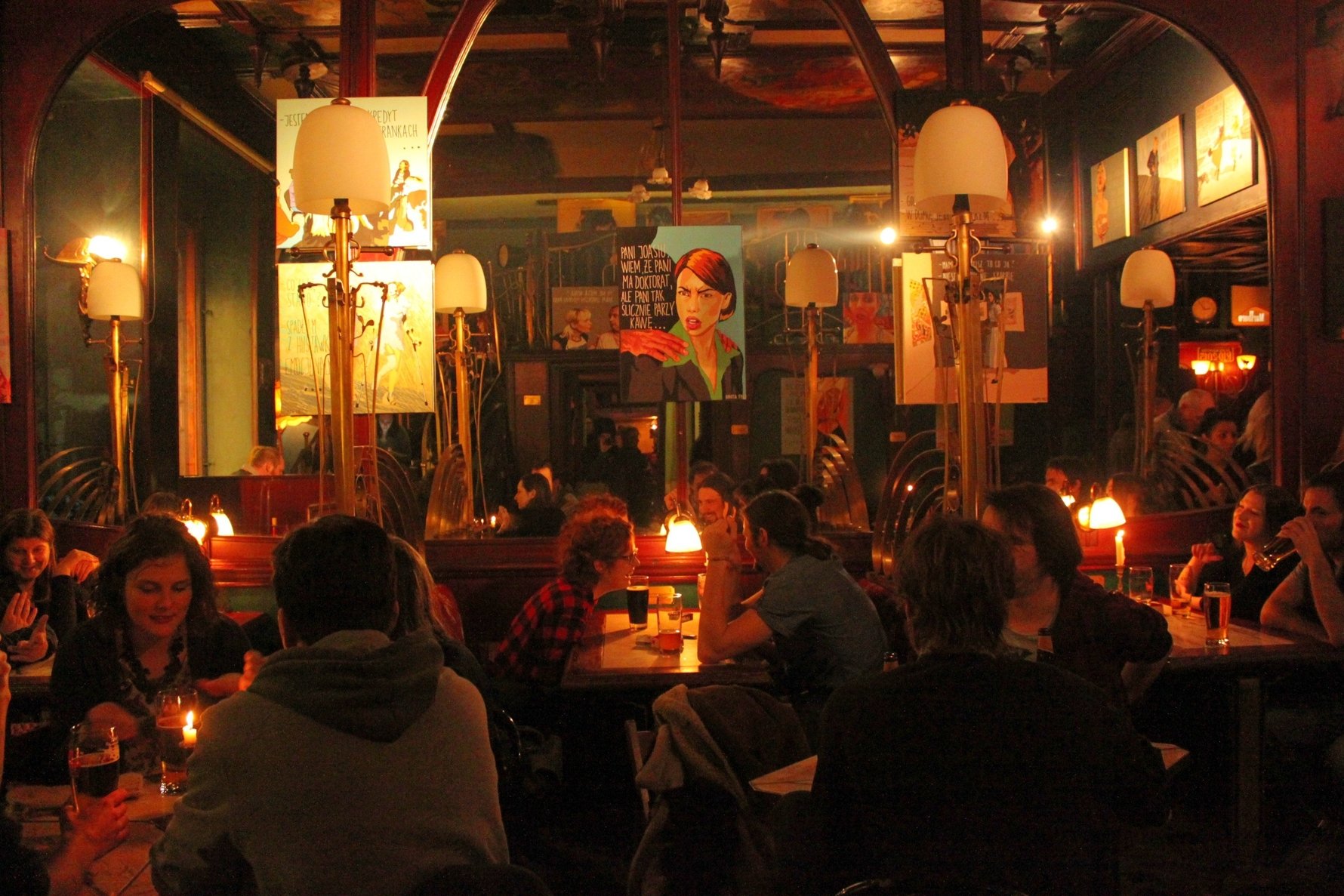
Beer Gardens, Beach Bars & Riverside Hangouts
Of course in Wrocław it would be unfortunate to strictly consign your drinking and socialising to after sunset. The city is loaded with beer gardens almost everywhere you look, but it has only been in the past few years that Wrocław has really begun to develop and take advantage of its riverbanks. These days you'll find numerous super-cool beach bars directly on the water in the summertime. Although swimming in the Oder is a big no-no, BASEN has its own swimming facilities and stretch of sand, whilst Forma Płynna (ENG: Liquid Form) and Prosto z Mostu (ENG: Straight from the Bridge) offer hammocks and beach chairs, trampolines and play equipment for kids, plenty of shade, plus a range of events and diversions like yoga sessions and even magic shows. And once again, all of it is driven by locals and students with almost nary a tourist in sight. Follow the link for our list of Wrocław's Best Beer Gardens & Summer Beach Bars.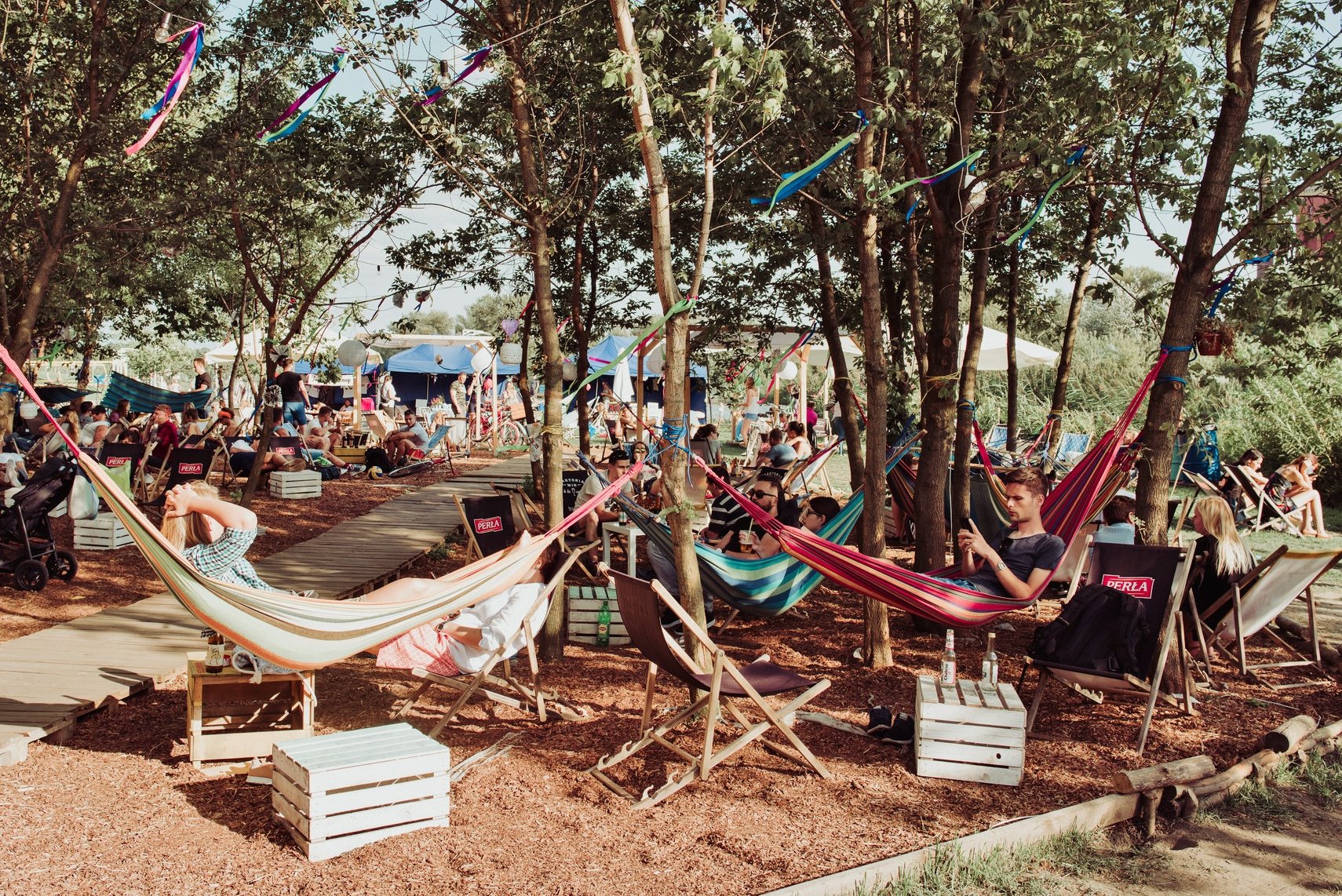
River Recreation & Island Hopping
The city obviously owes its breezy riverside vibes to its unique geographic placement in and around the Odra River and its tributaries, not to mention the city's own medieval moat (Fosa Miejska), part of which remains intact to this day. The city's waterways not only provide plenty of prime real estate for cafes, bars and restaurants, but also recreation activities like kayaking and boat cruises. Exploring the city's many islands and bridges on foot is also rewarding, with each island in possession of its own atmosphere and home to various points of interest, including playgrounds, boardwalks, historical buildings and more. To learn more read our dedicated article on Wrocław's Islands & Waterways.
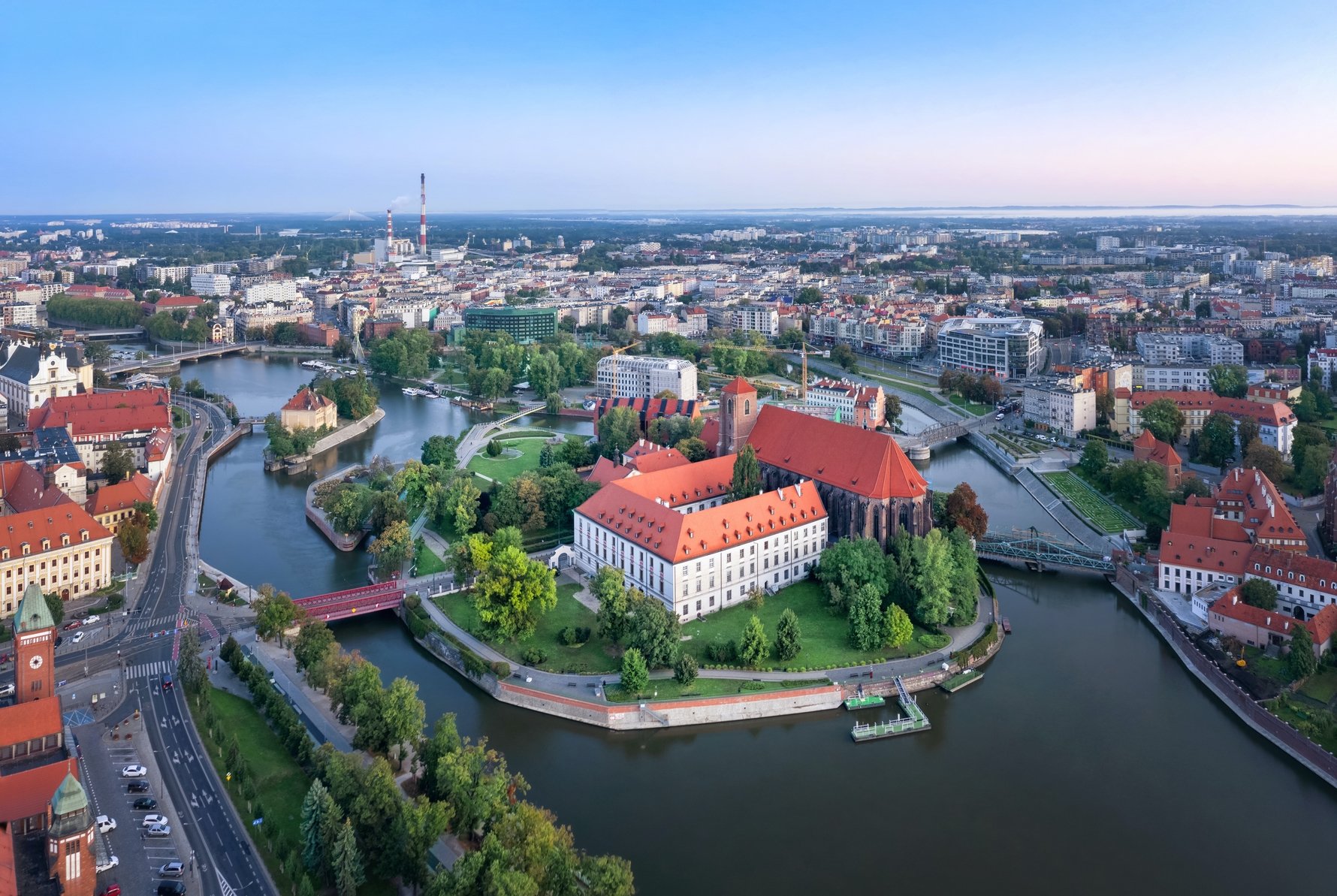
Craft Beer Capital of Poland
As a legacy of centuries of Czech and German rule, Wrocław has a strong beer brewing tradition; in fact the cellars of the Town Hall are claimed to be the first brewery in Europe, and in the 14th century a violent conflict broke out between the Church and the Local Government over beer production! As craft beer culture has exploded in Poland in the past 10 years, today there's healthy competition between the city's modern microbreweries and numerous craft beer pubs for who draws in the biggest crowds (not who can put the most heads on stakes). When it comes to local beer, here are the most important names you need to know (and try): Browar Stu Mostów - an excellent award-winning brewery/brewpub just over the Warszawski Bridge; Doctor Brew - a local brewery whose flagship pub Doctor's Bar can be found at ul. Św. Mikołajska; also keep your eyes peeled for beers by Widawa Brewery, located just east of Wrocław. Of course Wrocław has several other microbreweries (and we list them all here), including two right on the market square - Browar Złoty Pies and the famous Spiż Brewery - known perhaps more for its beer garden than the quality of its beer.
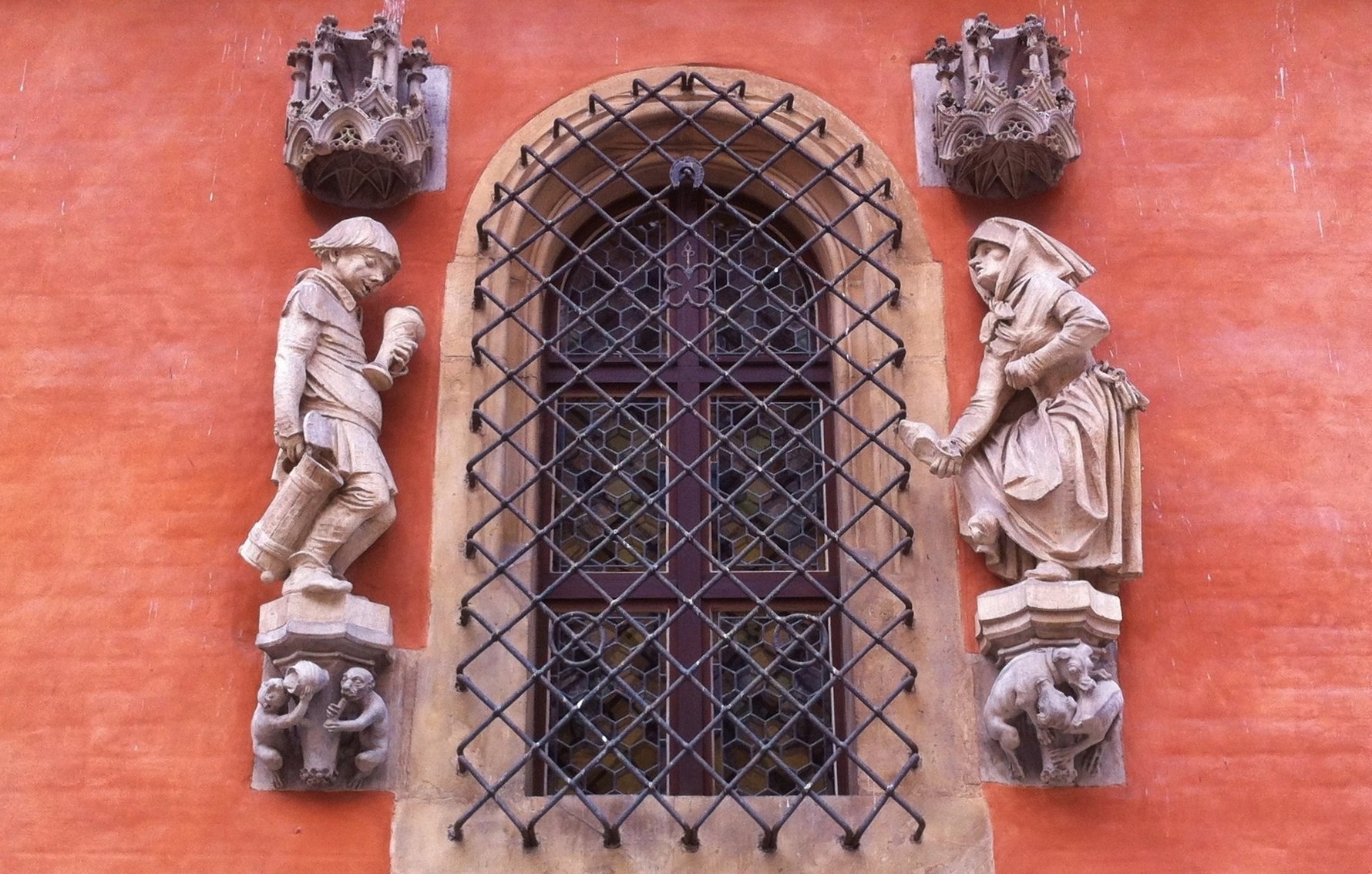
Diverse Dining for All Diets & Budgets
There's no shortage of edible quality and quantity in town. Wrocław's gastronomic scene is the envy of all the other Polish cities and, as with many other things here, it all comes down to open-mindedness. Of course, you will find some prime examples of Polish cuisine here, but there are also a number of amazing fusion restaurants: Woosabi, Mennicza Fusion, Mango Mama and La Maddalena. The city's multicultural draw-card also means you can sample from every corner of the world. Mama Manousch cooks up exotic tagine dishes from the Maghreb, Peruwiana introduced Wrocław to Peru, Ban Thai offers an authentic Thai experience and Panczo is Tex-Mex at its very best. Vegans and Vegetarians will not feel left out during their stay here, and we've even written up a list of our favourite veg options here! Of course with such a big student population there are street food and budget options aplenty (milk bar, anyone?), but also check out Wrocław's trendy new Food Hall in Świebodzki Station!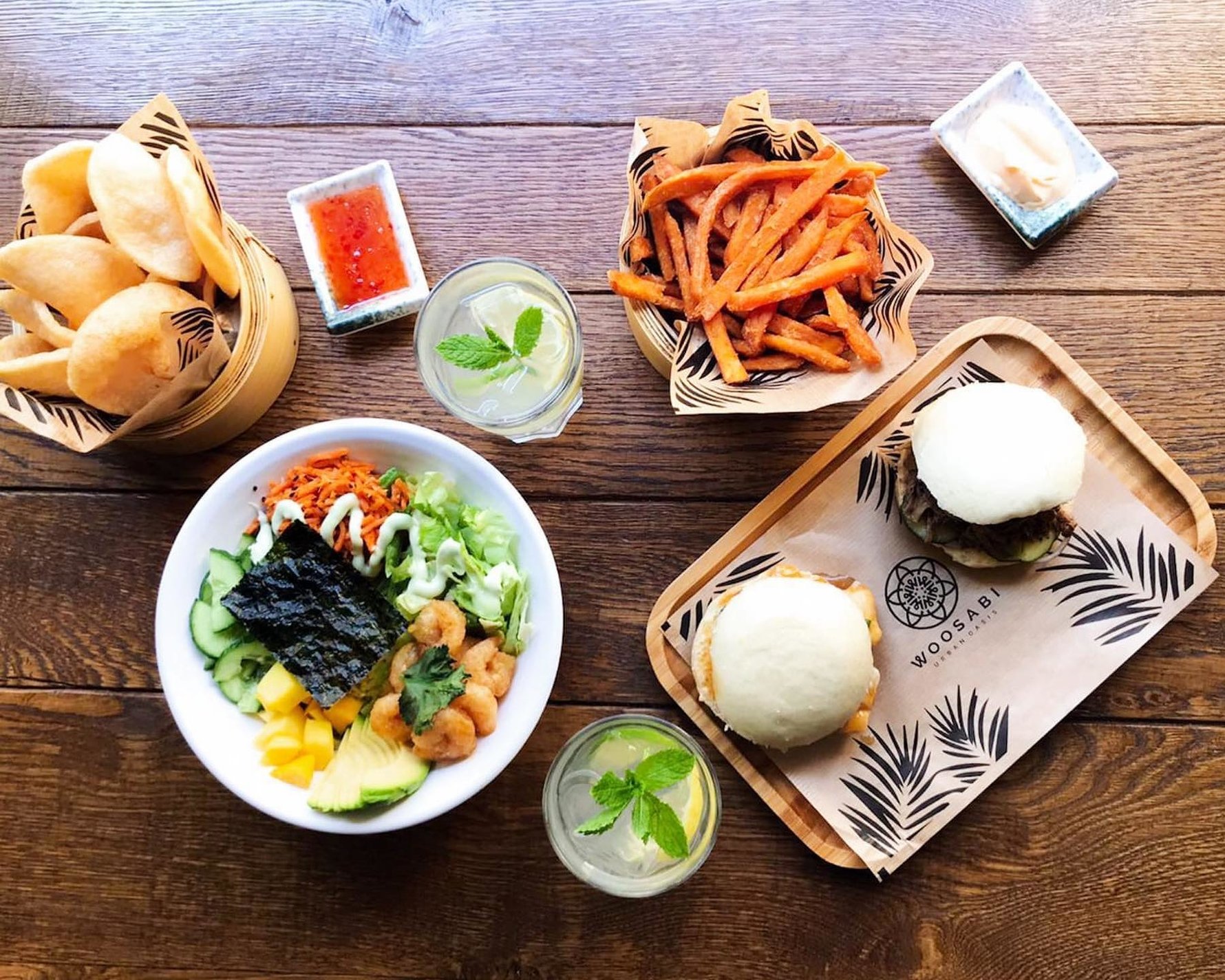
Secondhand Swag, Fairs & Flea Markets Galore!
There are markets and then there are Wrocławian markets! The culture of flogging your goods in a public space is, again, a legacy of the city's trade history with its neighbours. Despite having a huge market square specifically for such uses (not to mention Plac Solny beside it), Wrocław built itself an immense indoor merchant hall at the beginning of the 20th century. Known as Hala Targowa, the neo-Gothic exterior gives way to a wild modernist interior of elliptical concrete arches where you can buy pretty much anything imaginable. Worth a look from an architectural, sociological and practical standpoint, in recent years Hala Targowa has been making the gradual transition from PRL-era market to modern food hall, including hip cafes, bars and restaurants, most notably Targowa Craft Beer & Food in the cellar. Check it out!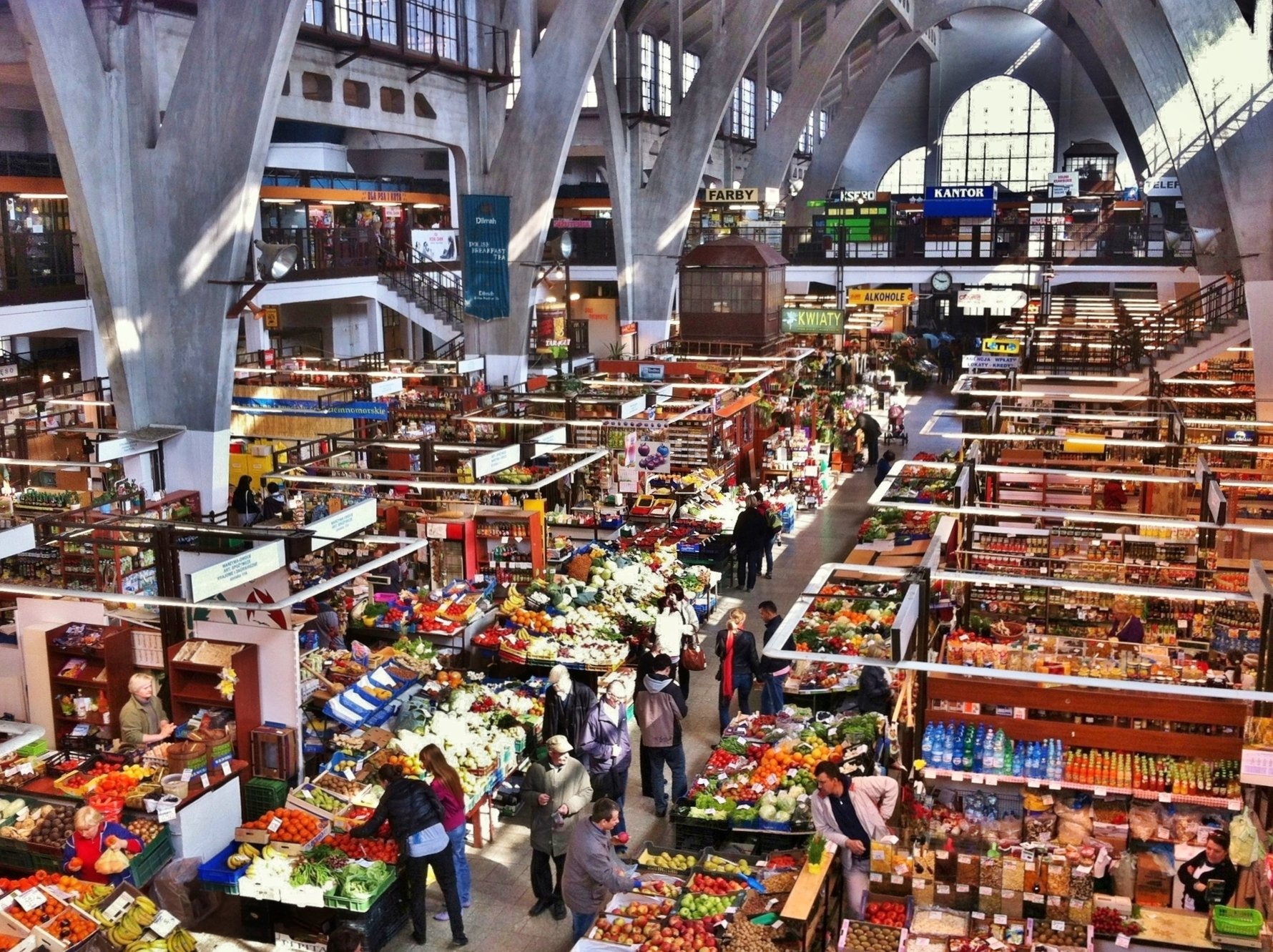
Nope, that's not all. In additional to the city's many vintage and secondhand clothing shops, bargain hunters will find a number of epic weekly open-air markets taking place throughout the city, some of which - like Świebodzki Bazaar, which begins as a standard post-Communist flea market under pop-up tents, but continues beyond the confines of the old Świebodzki train station, spills onto the tracks, and just keeps going - have to be seen to be believed. And, if you've recently discovered the new state-of-the-art audio technology known as vinyl, we highly recommend the Phonographic Fair for endless crates of hits and obscure releases. For the latest in food trends, eco-eats and gourmet grub, head along to Browar Mieszczański for the Foodie Bazaar.
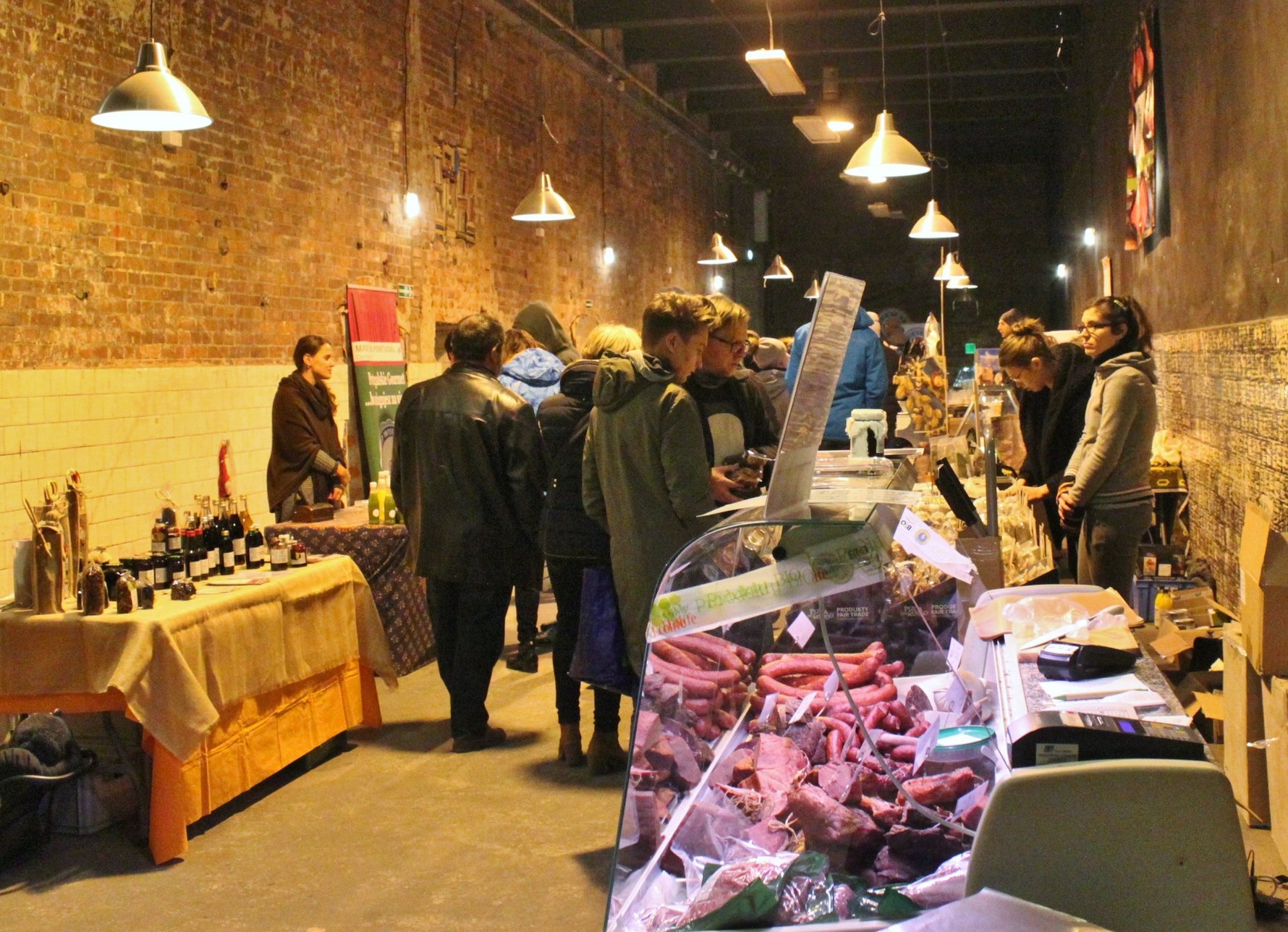


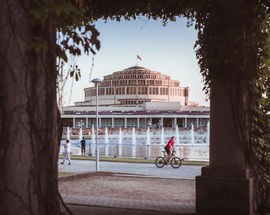
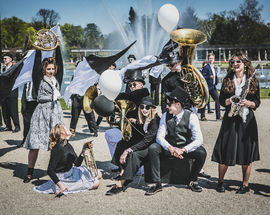
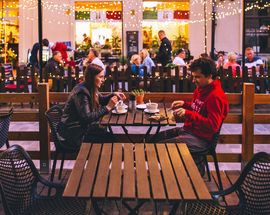
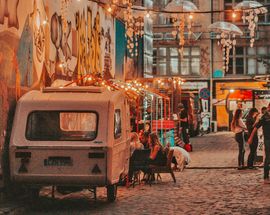
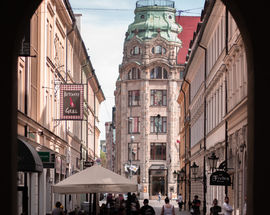
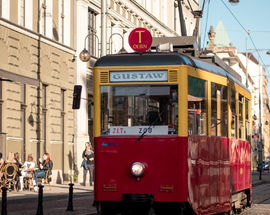
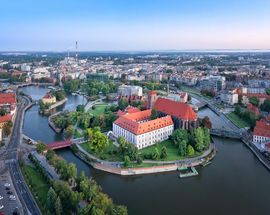
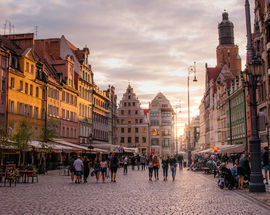
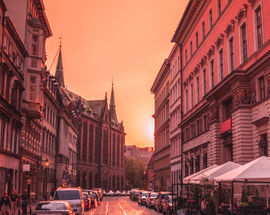
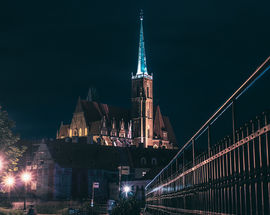
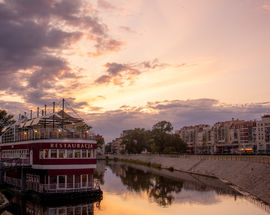
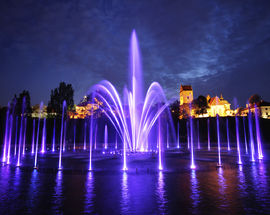
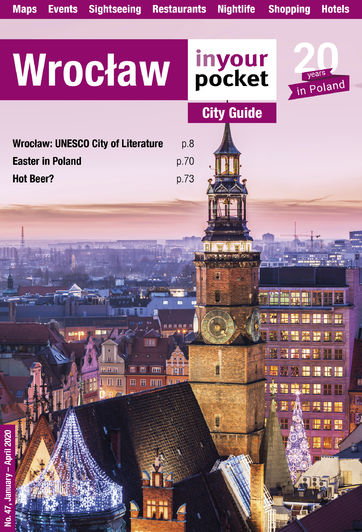
Comments